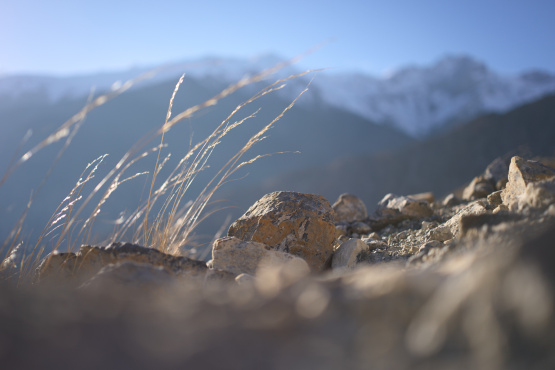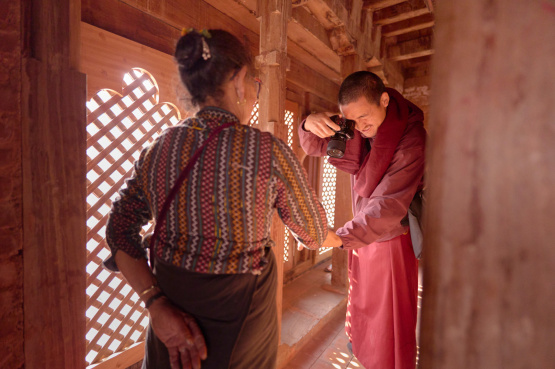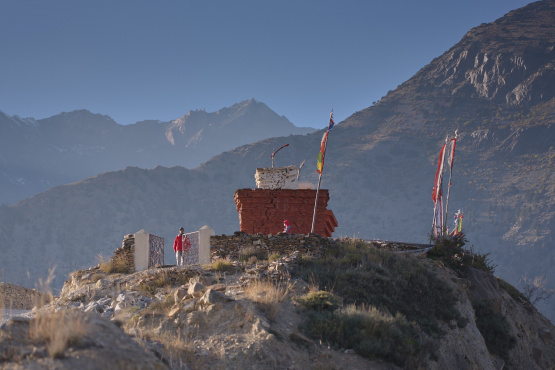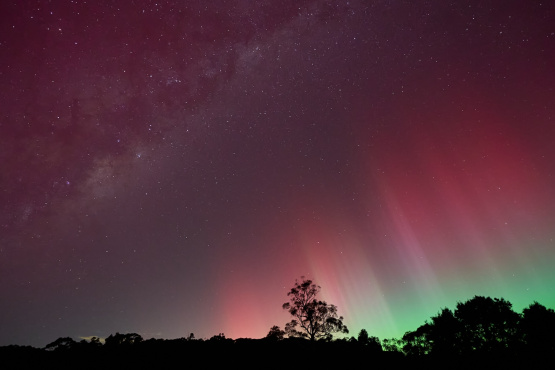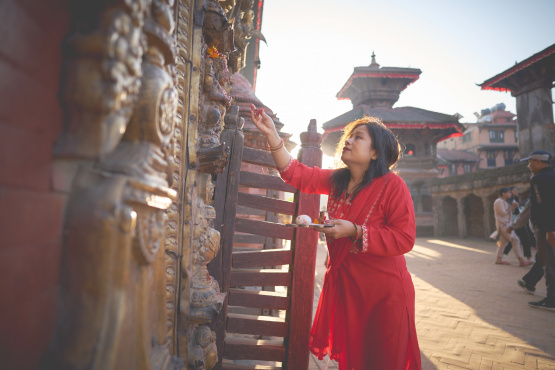The best thing about Australia's Great Ocean Road is that it's right smack on the ocean. Farms and forest sit on one side of the highway with the ocean and reefs to the other. In spring and Autumn the sunsets are spectacular, with the daily sea breeze making patterns with the clouds.
The open water to the west of the Apostles gives a better than average chance that the sun will find clear sky as it dips close to the horizon, producing sensational colours that bounce off the coastal cliffs. Add the spray of waves crashing against the shore and rocks and you've got a great recipe for landscape photography.
That last hour of dusk is the golden hour at Twelve Apostles.
In the final moments before the days end the yellow light often gains a touch of purple. If you're really lucky a sky filled with mottled clouds will absorb a reddish tinge and splash even more colour about. The deepest and most intense hues will last for just a couple of minutes. You'll want to have your spot picked out in advance to grab a few frames.
Some people take photography more seriously than others, and Mark Gray is one of them. He's one of the new breed of landscape photographers in Australia who have cashed in their career jobs to chase sunsets with his camera. While I shoot everything on digital SLR, Mark works almost exclusively on film.
It's a matter of scale and detail, says Mark, "I can get incredible quality and large print reproduction from my panoramic film camera. Sure there's a lot of work involved with film, but I also spend weeks before each shoot just researching scenic spots and assessing their potential."
Several times a year he runs photography tours along the Great Ocean Road to workshop techniques and share his secrets. Local knowledge of locations is one of Mark's skills, but the right philosophy for landscape art is another.
Mark explains, "When people come on a tour I try to teach them about the art of photography. It's a crash course on everything I've learned since I started shooting landscapes. Three days isn't very much time really, but I want to give them the chance to walk away with as many new ideas and photographic experiences as we can fit in."
Tripods figure heavily in Mark's photographic style, enabling him to work with ultra-slow shutter speeds that achieve a blurring effect on waves and rivers. Anyone can do it, you just need to be prepared to walk around with a little extra gear and have confidence that its worth the effort. With such stunning scenery all around why wouldn't you make an effort?
Mark showed me one of his recent finds at Cape Otway, a set of rock pools in Crayfish Bay that reflect the sunset with views across to Cape Otway Lighthouse. Waves crashed around us while we saw out the last rays of light. We had to walk back up the track in darkness, lugging our cameras and a tripod back to the lodge.
Travellers and photographers alike get more than just ocean views when they head down the Shipwreck Coast. Inspiration comes varies from beach sunsets to beech forests, crashing waves to tumbling waterfalls. As an added bonus there's wildlife all around to complete the story, from the Cape Otway koalas to the whales at Warrnambool.
You can also keep an eye out for echidnas, wallabies, kangaroos, blue tongue lizards, platypus, wrens, robins, cockatoos and kookaburras. You get the picture.
The greatest treasure of the Great Ocean Road is space. There's more than enough for everyone. No matter how popular the region might be at the height of summer you can always find a quiet little part of it to practice your photography, chill with nature and appreciate how lucky you are to be there.
On Moonlight Head's remote beaches you might encounter a few other walkers passing through, while at the bottom of Hopetoun Falls you can have the scene to yourself for hours without another person in sight. Even the drive from Port Campbell to Port Fairy is dotted with coastal reserves and infrequently used tracks leading down to the water.
A few weeks into autumn and the beach seeking crowds have headed to warmer spot, leaving still more road and ocean for the rest of us.
That feeling of space goes hand in hand with taking proper time to explore. You don't want to rush a Great Ocean Holiday by trying to squeeze in too many sights on a single day. Moonlight Head, Hopetoun Falls and Port Fairy Lighthouse are all good examples of worthy locations that you need to allow several hours to visit once you arrive at the carpark.
Mark Gray is often out shooting in the last light of day and the first light of morning. After breakfast on a cloudy day he might head inland to shoot some waterfalls or farmland, while the light is soft and even. There's no shortage of options to peak a photographer's interest. Even a rusty old car in a paddock can be worth stopping your own car.
Travellers and their cameras spend their holidays capturing the beauty of our coastline, but it is the natural charms of the Great Ocean Road that captures the photographer. The big lesson to learn from the professionals is to take your time. It took thousands of years for nature to shape the Shipwreck Coast, so why rush the photos.
FOUR ESSENTIAL SHOTS
1. Apostles of the Shipwreck Coast: Stay overnight nearby at Port
Campbell and get a shot at sunset one day and sunrise the next.
2. Moonlight Head: Anchors of wrecked ships still rest on the rocks,
but wait for low tide to avoid waves under foot.
3. Cape Otway Koalas: You'll want a long lens to get close-up shots,
or a good zoom on your compact camera.
4. Hopetoun Falls: The viewing deck offers a great shot, take a tripod
to shoot at slow speeds that turn water into silk.
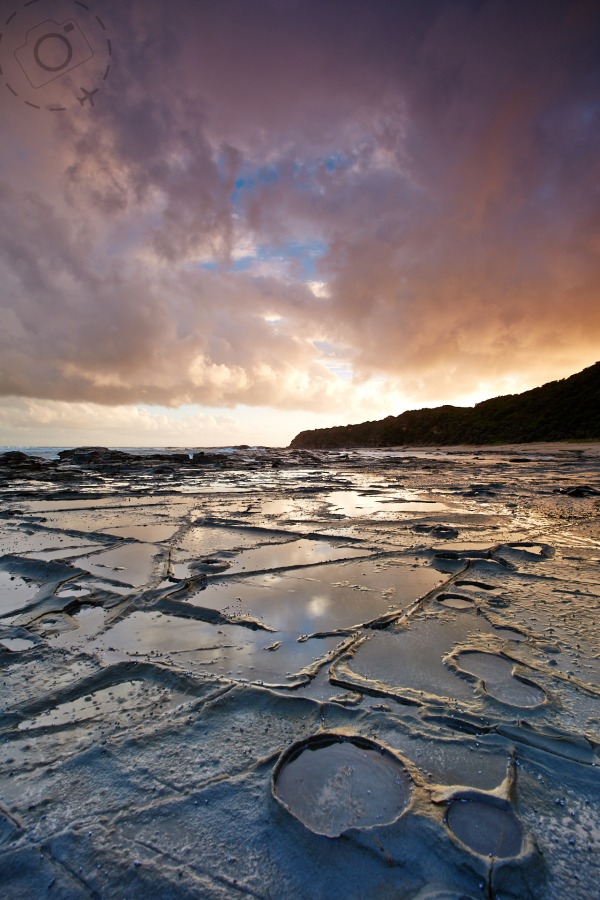
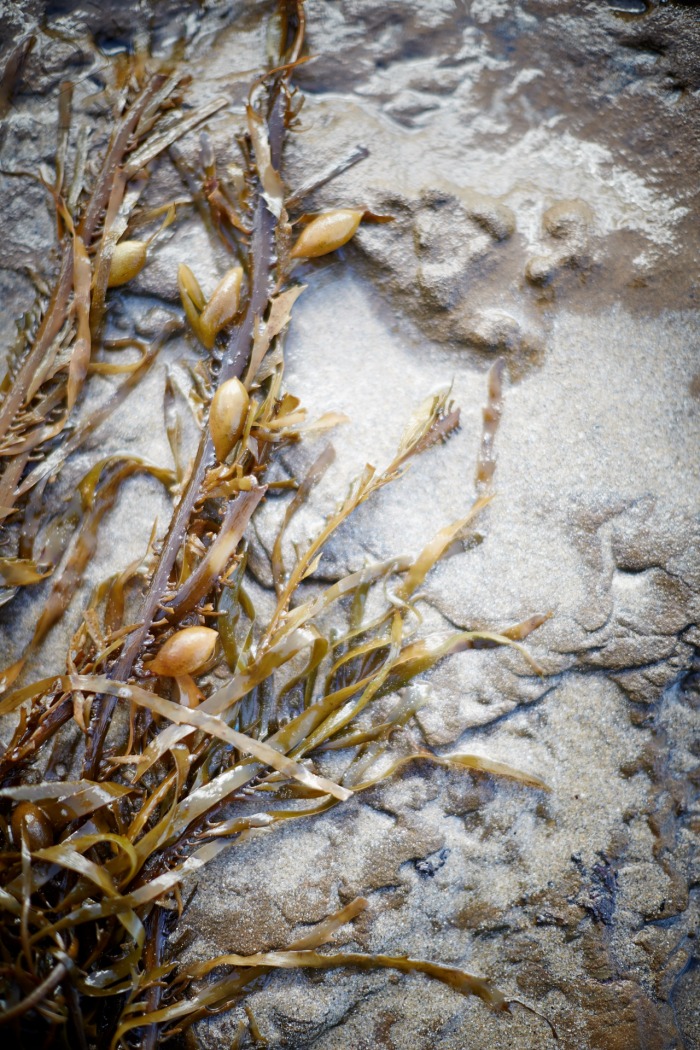
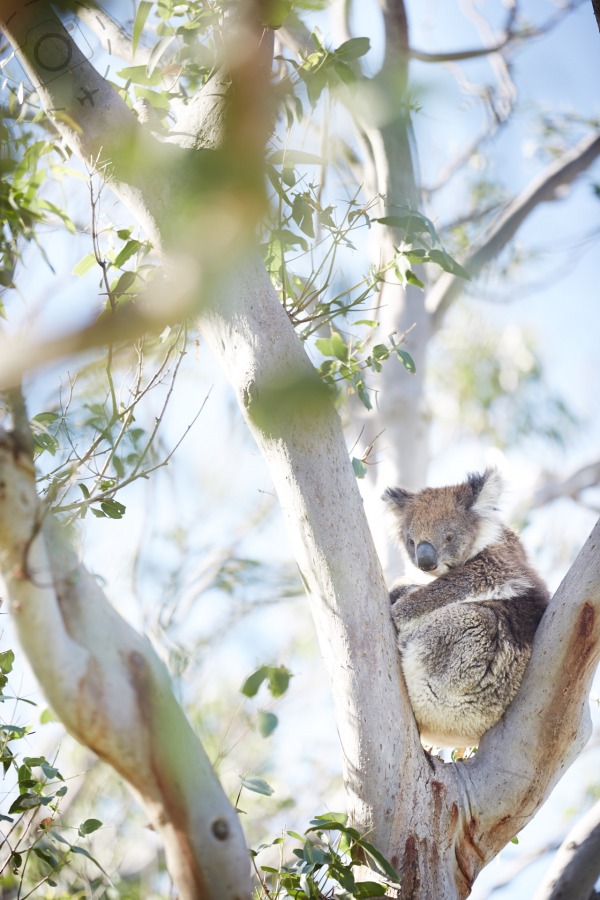
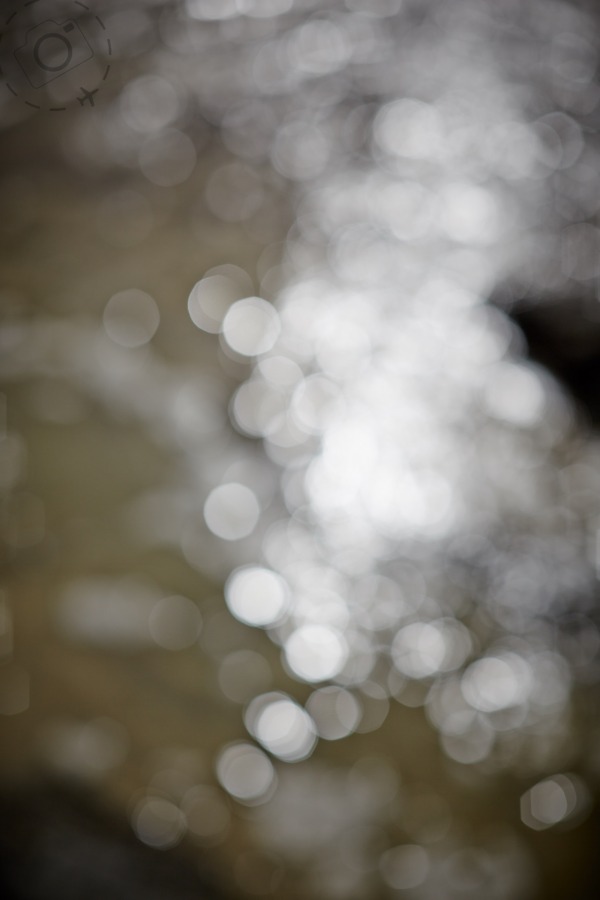
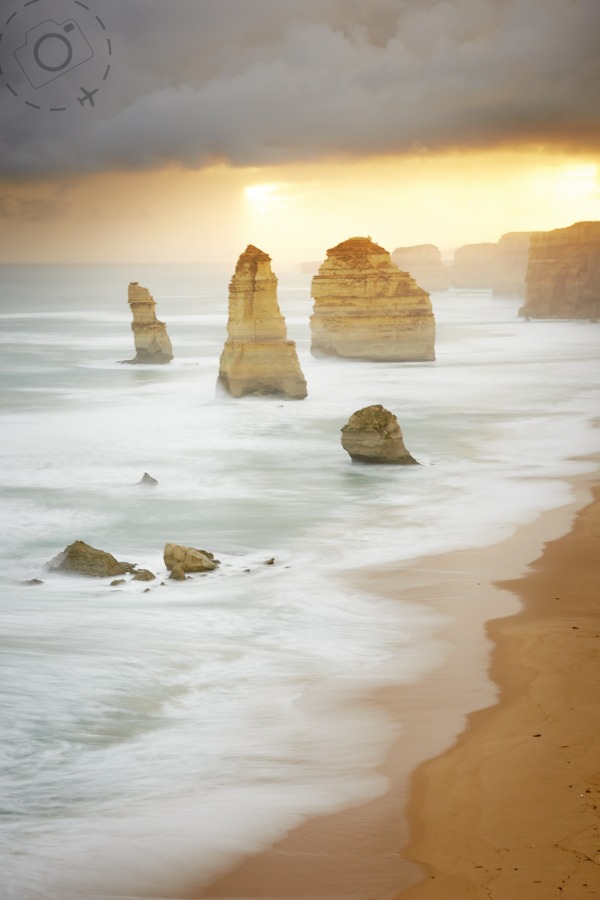
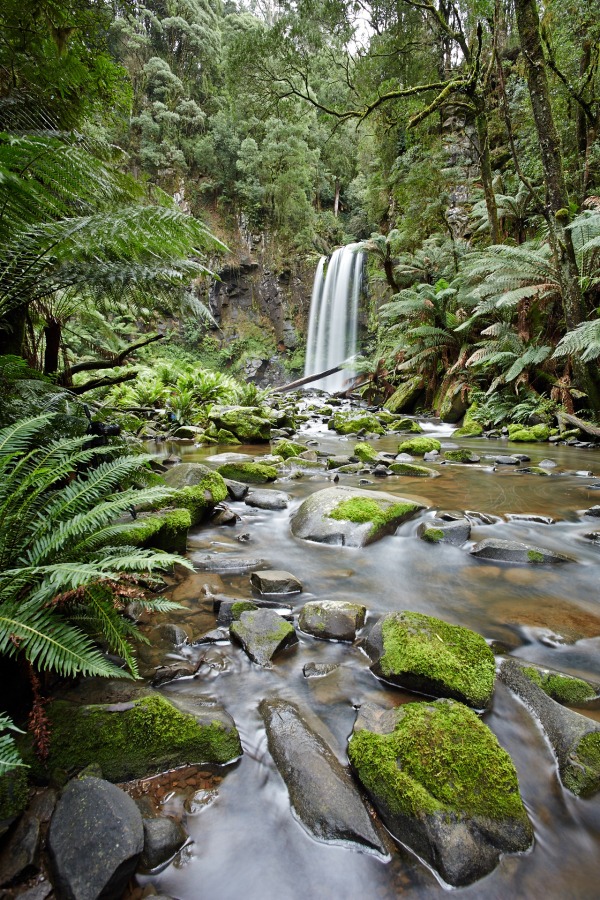

Keep Reading
Join Ewen's newsletter for monthly updates on new photography articles and tour offers...Subscribe Here



